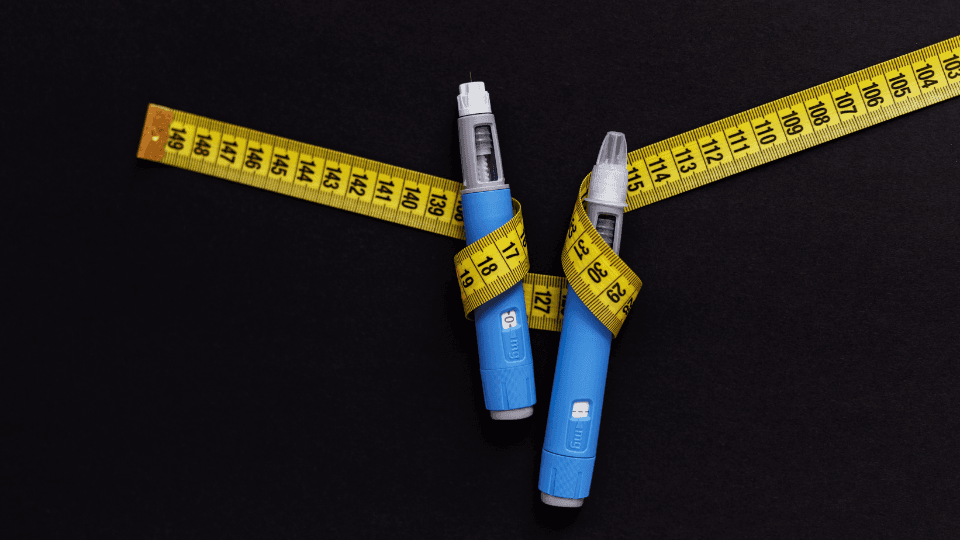Back
21 Nov 2021
Vitamin D 101

Dr Jarrad Van Zuydam | Sports Physician
Recently, vitamin C has had to take a back seat in the popular media; there is a new vitamin on the block and it’s the talk of the town: vitamin D.
But what is all the fuss about and is it justified?
What is it?
Vitamin D (also known as Calciferol) was first identified as a vitamin in the 20th century but is now recognised as a prohormone (a substance that can be converted into a hormone within the body). Vitamin D, along with its buddies A, E and K, is fat-soluble meaning that it can be stored long-term in the body instead of being flushed out in our urine if not absorbed. It is one of 24 micronutrients that are critical for human survival. That’s right, not getting enough is eventually fatal.
We consume vitamin D in our diets in two main forms:
1) Vitamin D2 (Ergocalciferol)
2) Vitamin D3 (Cholecalciferol)
Of the two forms, D3 is almost twice as effective as D2 in raising blood levels of vitamin D and so is the natural choice to consume when trying to treat a deficiency.
What does it do?
In short: a lot!
Once absorbed, vitamin D is converted to an active steroid hormone that binds to the vitamin D receptor. These receptors are found in just about every cell of your body meaning that vitamin D has wide and far-reaching effects.
Traditionally, vitamin D has been associated mostly with bone health where it plays a vital role in the regulation of minerals such as calcium and phosphorus, essential for healthy and strong bones.
More recently, the scientific literature has shone a light on the various other functions of vitamin D like immune system function (this became especially topical during the COVID pandemic), a role in strength and athletic performance, regulation of mood, prevention of certain cancers, and even its association with reduced all-cause mortality (a lower likelihood of dying from any reason).
Further research is ongoing but it is clear that this is more than just a one-trick-pony.
Here are a few of the benefits that are supported by at least some high-quality research:
Decreases the risk of falls in the elderly, cardiovascular disease and colorectal cancer
Decreases blood pressure, frequency of upper respiratory infections, and even the severity of COVID-19
Decreases blood pressure and improves insulin sensitivity
May raise testosterone levels in men
Can help people to shed weight and reduce symptoms of depression
How much do I need?
Well, it depends.
The recommended daily intake for adults is 600 IU. But this may be higher or lower depending on other factors like daily sun exposure, skin colour, advanced age, gut absorption ability, medications, obesity, and others.
The only real way to decide whether you need to be getting some more is to do a blood test to measure your blood levels. According to guidelines adopted by the National Osteoporosis Foundation of South Africa, a vitamin D level < 12 ng/ml is regarded as vitamin D deficient, while levels between 12 and 19 are regarded as insufficient and levels of 20 ng/ml or above as sufficient. In my experience, a level of 30ng/ml is a good target that provides some safety margin and may bring additional health benefits besides bone-health benefits.
In our next article, we’ll explore the consequences of not getting enough vitamin D and the ways to ensure that you do.













